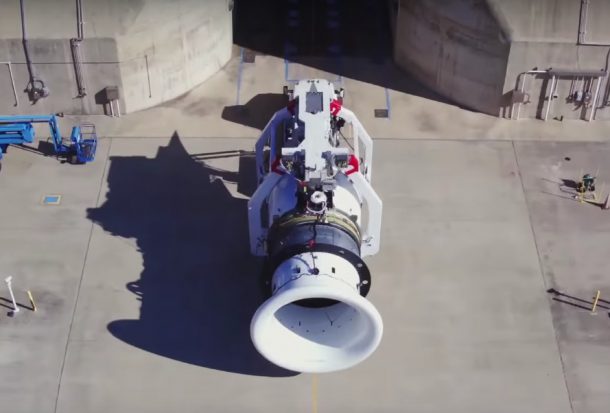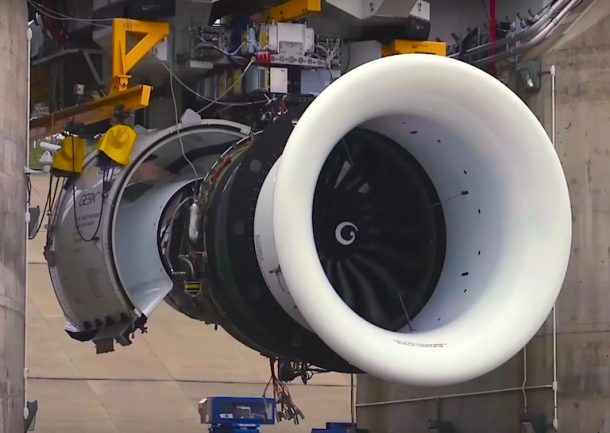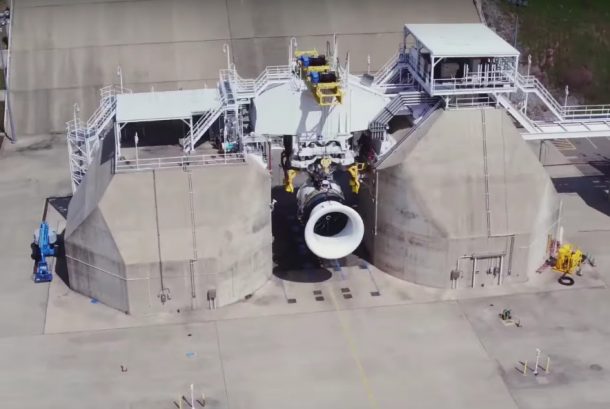How does a hundred thousand pounds worth of thrust and 11 feet diameter sound? YUGE as Donald Trump would say! This week GE tested its largest jet engine (GE-9X) ever made in its testing facility and it was so huge that the entire testing bed had to be upgraded for this single test! How about that? It employs the extensive use of 3D printed Ceramic Matrix Components (CMCs) for the first time and feature 16 carbon fibre blades that will increase the efficiency and power for airliners. Here, take a look at the massive engine undergoing testing at the GE facility:
Absolute monster, no? The use of 3D printing in particular has raised the design of these engines and the engineers have been able to make internal caverns which we were unable to make using conventional machining processes. They guide the fuel movement throughout the nozzle and the sprays inside the combustion chamber itself according to GE. They will be guarding these secret very closely I must say!



The hollow engine parts also means that the engine can be operated at higher temperatures and as a result, it can become much more efficient. The compressor is 11 stage high-pressure one and generates 100,000 pounds of thrust. Even though it doesn’t even break GE’s own records (GE90-115B was able to generate 127,000 pounds), it is still a major breakthrough as the company plans to manufacture more than 700 of these monsters for Boeing’s latest ventures. They could also be retrofitted into older ones for better operations as well. Airliners from Lufthansa of Germany to Qatar Airways are eagerly anticipating its release.
The testing started last month but it will take some time for the engineers to be totally satisfied with the new engine. It will be ready to hit the tarmac at the end of 2020.


